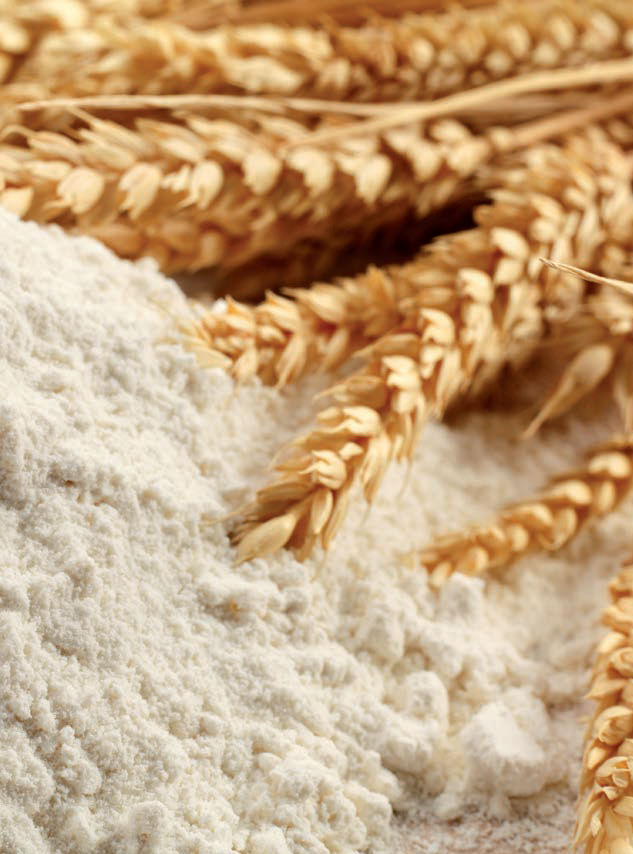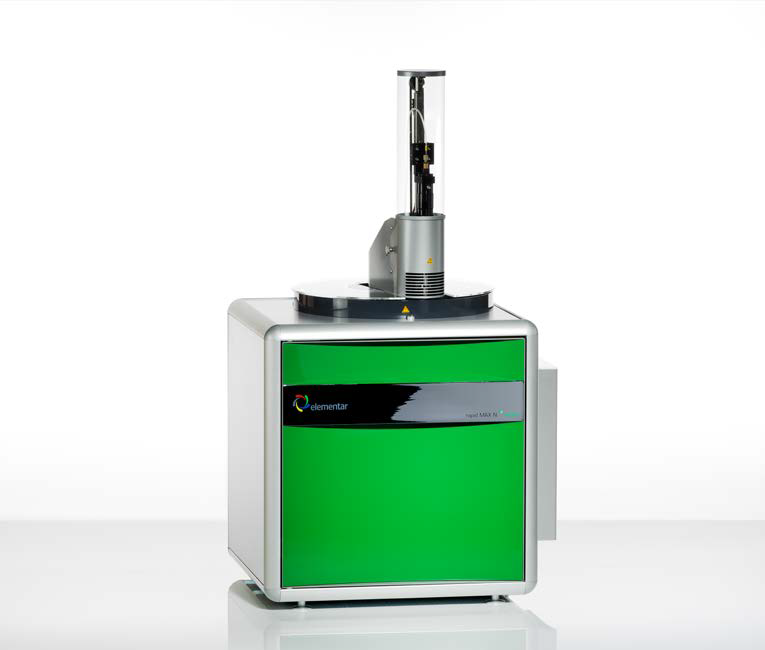Determining total protein content is fundamental to quality control and protein declaration according to international labeling laws in the food and feed industry as well as research facilities.

Image Credit: Elementar Americas Inc.
Protein content is associated with specific product properties and classifications, such as foam formation, dough properties, beer taste, or the differentiation between starch and gluten-free starch.
Highly precise, matrix-independent protein analyses are necessary in all stages of food production. In principle, protein quantification is conducted by a series of specific and non-specific chemical and physical reactions followed by suitable detection.
Full method automation and accordance with industry standards is generally desirable in current lab operations. At present, there are two different widely accepted primary methods for determining total protein content: the high-temperature combustion method according to Dumas and the wet chemical method according to Kjeldahl.
For over a century, the Kjeldahl principle was the most widely utilized method and was described in most standards for determining the total protein content of food products.
However, it is time-consuming, labor-intensive, and involves hazardous and toxic chemicals, which presents issues concerning lab safety and costs. This has led to the Kjeldahl principle being increasingly displaced by the Dumas principle.

Image Credit: Elementar Americas Inc.
The Dumas method has significant advantages over Kjeldahl concerning lab safety, labor time, sample throughput, amount of chemical waste, and cost-per-analysis. The high level of automation of the Dumas method also leads to fewer errors.
With Elementar’s next-generation nitrogen and protein analyzers, the cost-per-analysis is drastically reduced compared to “classical” Dumas analyzers.

Image Credit: Elementar Americas Inc.
The investment into a rapid N exceed® instrument from Elementar is economically justified even for labs with just ten samples per day. It provides security and confidence in the potential future growth of samples.
Download the Technical Note to learn more about the advantages of the Dumas combustion method for nitrogen and protein determination.

This information has been sourced, reviewed and adapted from materials provided by Elementar Americas Inc.
For more information on this source, please visit Elementar Americas Inc.